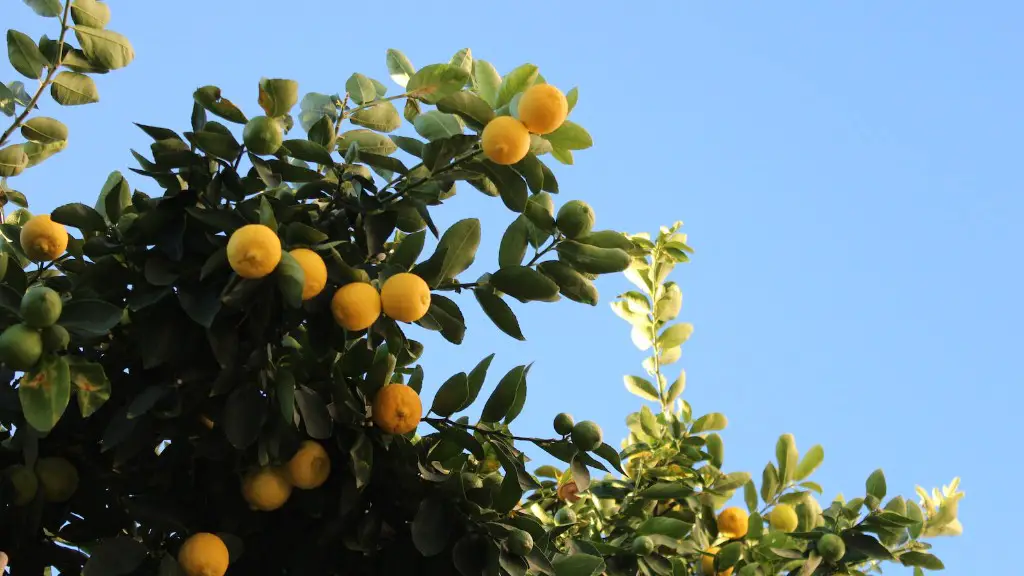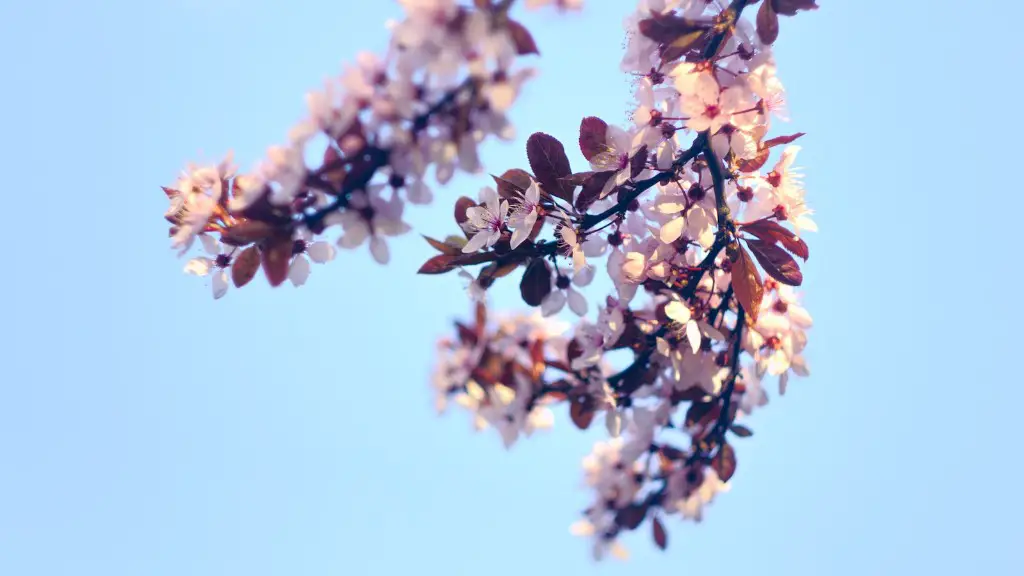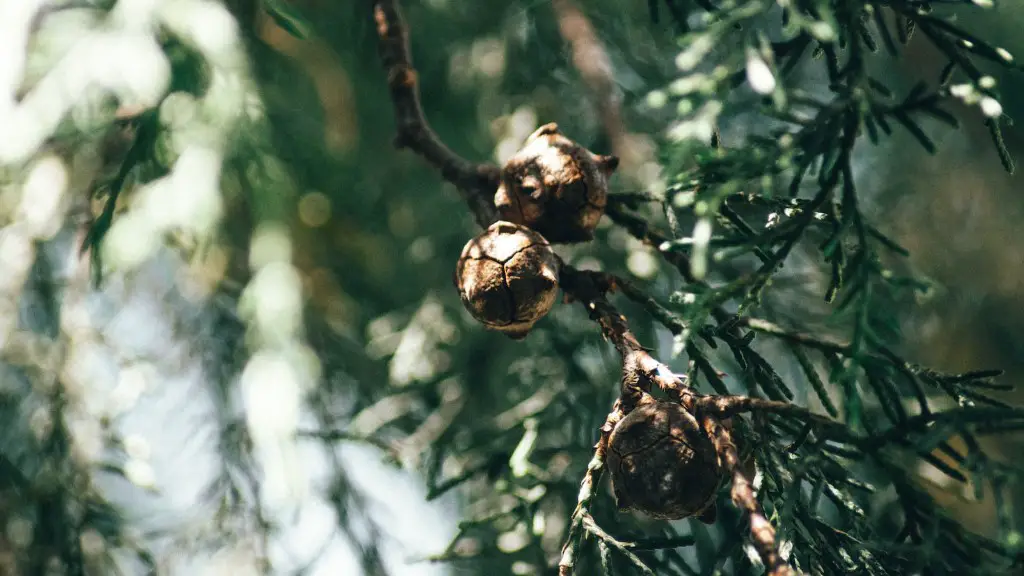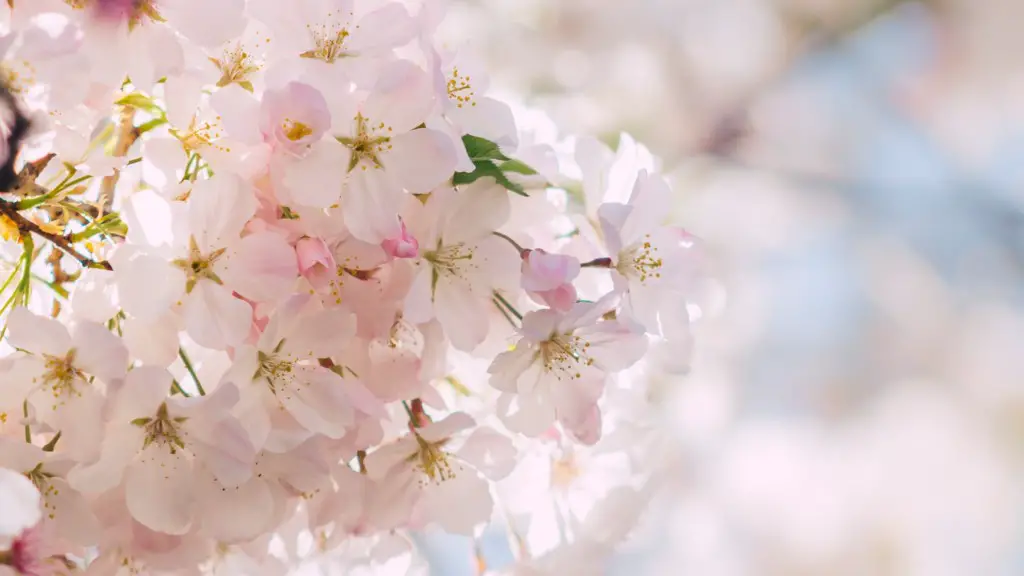Maintaining a healthy and flourishing lemon tree takes effort. Of all the requirements for a superior lemon tree, one of the most important is the selection of the proper pot. Too small a pot and the root system will become constricted; too large a pot and the tree may become too wet or too dry and rot. To optimize the health of your lemon tree, it’s important to select the right pot size.
When you select a pot size, consider two elements: the size of the root system and the mature height and width of the lemon tree. For a young lemon tree, you’ll want to select a pot two to four inches wider than the root system, as the tree grows, it may need a larger pot. For a young tree, select a pot three to four inches taller than the root system; for a mature tree, select one up to double the height.
To ensure adequate drainage, the pot should have a drainage hole and should contain a saucer. Select a pot with a large saucer to catch excess water, which can be removed and reused later. To avoid often costly mistakes, always read the tags of the pot for information about size, weight, and material.
In general, the most suitable option for a lemon tree is a glazed pot. Glazed pots are particularly useful if you have clay-rich soil as clay can make it more difficult for the tree’s roots to access the oxygen they need. It’s also important to make sure the pot is sealed at the bottom.
For optimal health, it is also recommended to re-pot young trees every year, and mature ones every two or three years. Nobody wants to damage their lemon tree, so it’s important to keep in mind that a pot that may be comfortable for a one-year tree may be too small for a two-year tree. To avoid over-potting, choose a pot that is just two or three inches wider than the previous pot.
Your lemon tree will not survive if it is kept in too small a pot for a long time, so make sure you get the correct size. Selecting the right pot for a lemon tree is essential for its wellbeing and growth. A pot that is too big or too small will affect the tree’s health and should be avoided at all costs.
Types of Containers For Lemon Trees
Besides pot size, choosing the right material to contain your lemon tree is essential for providing proper drainage and for heightening the aesthetic value of your tree. Plastic, terracotta and ceramic are the most common types of pots available on the market. While terracotta and ceramic pots are more porous, plastic pots hold moisture better and can be a great choice for containers with smaller sizes.
Terracotta containers, on the other hand, can be very decorative and also work fine, but they must be lined with a plastic liner at the bottom to avoid leakage. A common, budget-friendly option is plastic pots with good drainage holes. The plastic pots are available in a variety of styles, sizes, shapes and colors that can be tailored to any garden’s aesthetic needs.
For the more patient, a wooden container is a great, long-term option for lemon trees. As wood has a tendency to dry out quickly and is vulnerable to fungus and molds, the container should be lined with a sheet of plastic at the bottom before potting. After this layer, add soil, and that’s it! Wooden containers are more expensive than plastic pots and will require more frequent replanting, but they offer more stability and provide more insulation than plastic.
Whatever container you choose for your lemon tree, just make sure to match the size of the pot with the size of the tree, considering the potential to grow. It’s recommended to check regularly if the soil is dry to the touch, as too moist soil can cause the roots of the tree to rot. The right watering schedule will depend on the container you’re using and the location of the lemon tree; generally, it requires more water in summer than in winter.
Adapting Containers to Growing Conditions
The growing conditions depend on the location and environment in which you are growing the lemon tree. In cold weather, the pot must be big enough to hold the roots and allow for the tree’s growth, but not most enough to trap heat in the soil. In this case, a black plastic pot allows for greater heat absorption. To protect the tree from the cold, use a large plastic pot.
In hot weather, it is important to select a container material that will help keep the soil cool and moist. A glazed ceramic container is a great choice. The glaze allows the soil to stay hydrated while the ceramic material reflects the sun’s rays, helping keep the soil cool. Another option to cool the soil is to place the pot on a bed of gravel, which helps absorb the sun’s heat and prevents the soil from drying out.
In coastal climates, the aerated clay-based soil is a great choice for containers. The porosity of the clay material helps to keep the roots oxygenated and to maintain a cool and moist environment. When planting in clay pots, make sure the container is lined with a sheet of plastic or a sheet of polyurethane to avoid leakage.
In a very dry climate, a thinner plastic pot is more appropriate to prevent the soil from drying out too quickly. In areas with a lot of humidity, make sure the pot has a drainage hole and saucer to prevent the soil from becoming waterlogged. In these cases, it’s also important to check the moisture level regularly.
Supplementing Containers With Manure
Manure is an excellent nutritional supplement for lemon trees, as it bins natural minerals to the soil, increases the amount of organic matter and helps retain moisture. The amount of manure to be used depends on the type of manure and the size of the container, but 1 to 2 inches is usually enough to provide sufficient nutrients. Always make sure to select a high-quality, well-rotted manure for optimal results. Additionally, adding a slow-release fertilizer can assist in ensuring that the soil receives proper nutrition year-round.
Adding a layer of mulch on top of the soil will also aid in retaining moisture and provide more nutrients. Be sure to use an organic mulch, such as bark, grass clippings, or straw, and replenish it frequently. Mulch should be kept 1 to 2 inches away from the trunk of the tree to avoid rotting.
If you want to create optimal growing conditions for your lemon tree, make sure to provide ample drainage and to use a high-quality soil mix that contains plenty of organic matter, such as compost or manure. Additionally, it’s important to fertilize and water regularly, as this will help the tree to absorb nutrients and promote vigorous growth.
Common Issues Associated With Containers
Container-grown lemon trees can suffer from stress due to a combination of environmental and management issues, such as sun exposure, water availability, wind exposure, soil temperature and salinity levels — all factors known to affect root development and growth, water absorption, temperature and humidity all play a crucial role in the health of the lemon tree.
Container-grown plants may also suffer from replanting shock and transplant shock. Replanting shock occurs when the root system is disturbed, causing the tree to go into a state of shock and become more vulnerable to pests and disease. Transplant shock occurs when the tree is moved from one location to another, leading to a decrease in vigor and productivity.
When transplanting a lemon tree, make sure to dig up as much of the root ball as possible. Gently loosen the roots to help with water uptake, and keep the soil moist to reduce stress on the plant. And while plants in containers can be moved around to different locations, keep in mind that the roots will experience some stress and the tree may not respond well to the change.
It is also important to note that inadequate drainage can cause root rot, which is a serious issue in containers. To prevent this, make sure that your pot has a drainage hole and a saucer. If there isn’t a drainage hole, you can drill one yourself, but make sure to avoid puncturing the pot too much, as this can weaken the structure of the container.
Monitoring Overall Plant Health
Monitoring the health of a lemon tree is essential for its proper growth and production. When inspecting the tree, observe its foliage for any signs of damage or disease, such as yellowing leaves or wilting branches. Additionally, make sure to check for any pests that may have attached themselves to the tree, as well as the soil for any signs of root rot or nutrient deficiency.
Checking the soil in the container can help to determine the root health of the tree. The root system should be firm, with no signs of fissuring or cracking. If the root system is soft and mushy, it may be a sign of nutrient deficiency or root rot. Additionally, check the pH of the soil to make sure it falls into a healthy range.
Finally, to make sure the lemon tree is getting enough water, inspect the soil for moisture levels. If the soil feels damp, then the tree is getting enough water; if the roots are dry, then a deeper watering is in order. It’s also a good idea to add a layer of mulch on top of the soil, as this will help retain moisture and provide more nutrients.
Conclusion
To ensure a beautiful and healthy lemon tree, selection of the right container is essential. Considerations such as material, size, location, and pH should be taken into account to ensure optimal conditions for the lemon tree’s growth. Once the appropriate container is selected, it’s important to check the health of the tree on a regular basis and to be mindful of the individual needs of your lemon tree to avoid stress and shock.





